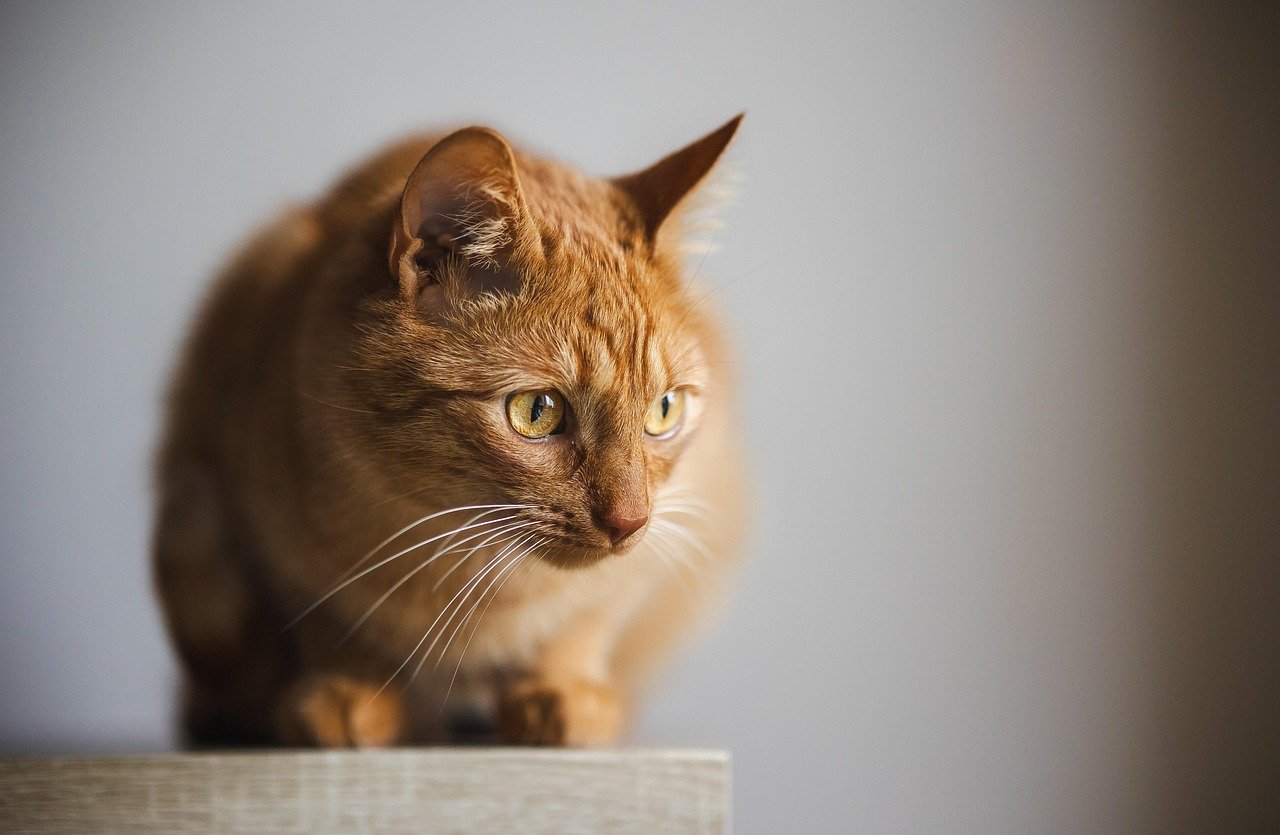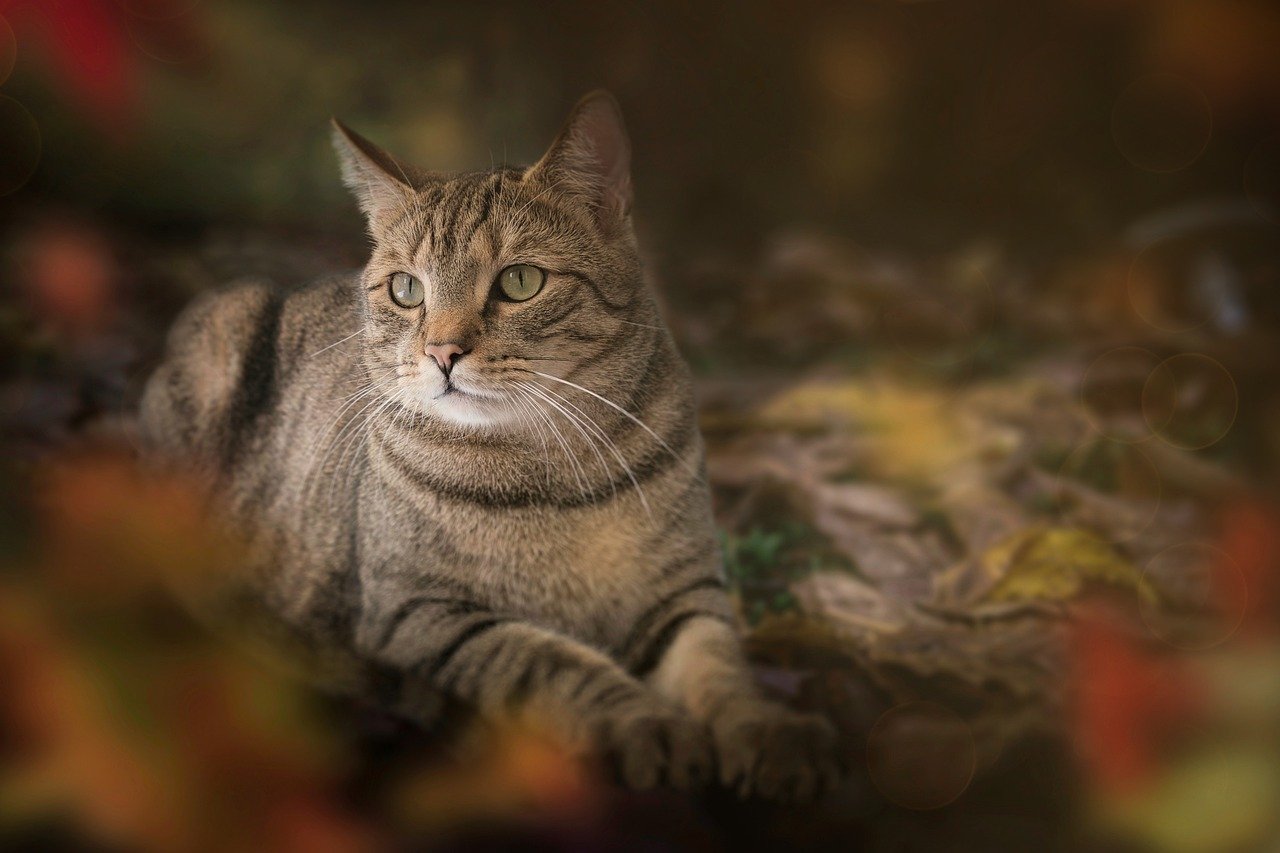Life changes can be a rollercoaster for humans, but for cats, these transitions can be even more daunting. As creatures of habit, cats thrive on familiarity and routine. When a new home, a baby, or a partner enters the picture, your feline friend might feel like their world is turning upside down. Understanding their perspective and providing the right support can make these changes smoother for both you and your furry companion.
Understanding Your Cat’s Perspective
Cats are territorial animals, and they rely heavily on their environment to feel secure. When this environment changes, it can lead to confusion and anxiety. Imagine being suddenly plucked from your comfortable home and placed in a completely new setting without any explanation. That’s how a cat might feel during major life changes. Recognizing this helps you empathize and respond with patience and understanding.
Creating a Safe Space
Whenever a big change is on the horizon, it’s essential to create a safe haven for your cat. This can be a cozy corner in your current home or a designated area in your new place. Fill it with familiar items like their bed, toys, and a piece of your clothing for comfort. This spot will serve as their refuge, where they can retreat when feeling overwhelmed.
Maintaining Routine Amidst Chaos
Cats find comfort in routine. Even when everything else is changing, sticking to their feeding, playing, and sleeping schedule can provide a sense of normalcy. Try to feed them at the same times each day and engage in regular play sessions. This consistency will help reassure them that some things remain constant.
Introducing a New Home Gradually

If you’re moving to a new home, allow your cat to explore one room at a time. Start with their safe space and gradually introduce them to other areas. This method allows them to acclimate at their own pace, reducing the likelihood of overwhelming them. Keep familiar scents around to make the transition smoother.
Welcoming a New Baby
Bringing a baby into the home is a significant change. Before the baby arrives, play recordings of baby sounds at a low volume to desensitize your cat. When the baby is home, ensure you still spend quality time with your cat to prevent feelings of jealousy or neglect. Cats, like all creatures, need reassurance that they are still loved.
Adapting to a New Partner

Introducing a new partner can be a big change, especially if your cat is used to having your undivided attention. Allow your cat to approach the new person at their own pace. Encourage your partner to engage in positive interactions, such as feeding or playing, to build a bond. Remember, patience is key.
Using Pheromone Products
Pheromone diffusers can be a lifesaver during transitions. These products mimic the calming pheromones that cats naturally produce, helping to reduce stress and anxiety. Place diffusers in rooms your cat frequents to promote a serene atmosphere.
Recognizing Signs of Stress
It’s crucial to be aware of signs that your cat is stressed. These may include hiding, aggression, over-grooming, or a change in appetite. If you notice any of these behaviors, take steps to address the underlying stressors and consult your vet if necessary.
The Power of Play

Engaging your cat in play can be an excellent way to relieve stress and strengthen your bond. Use interactive toys that mimic prey to stimulate their hunting instincts. Regular play sessions provide physical exercise and mental stimulation, both of which are crucial during times of change.
Encouraging Exploration
Encourage your cat to explore their new surroundings at their own pace. Place treats or favorite toys in different areas to entice them. This exploration helps them familiarize themselves with new spaces, making them feel more secure.
Providing Vertical Spaces
Cats love high places as they provide a sense of security. Install shelves or provide cat trees to give them vertical spaces. These spots offer a vantage point for observing their environment, helping them feel in control.
Seeking Professional Help
If your cat’s anxiety seems unmanageable, don’t hesitate to seek professional advice. A veterinarian or a cat behaviorist can offer insights and potentially recommend treatments or behavior modification strategies.
Ensuring Health and Comfort
During transitions, ensure your cat’s basic needs are met. This includes regular vet check-ups to rule out any health issues that might contribute to stress. A healthy cat is better equipped to handle changes.
Using Calming Aids

Consider using natural calming aids like herbal supplements or CBD oil, which have been shown to reduce anxiety in some cats. Always consult with your vet before introducing new supplements to ensure they’re safe for your pet.
Building Trust Over Time
Trust is the foundation of a strong bond with your cat. Spend time with them, speak softly, and respect their boundaries. Over time, your cat will learn to trust that you have their best interests at heart, even during big changes.
Recognizing Individual Differences
Every cat is unique, and their reactions to changes will vary. Some may adapt quickly, while others need more time and support. Recognize and respect these differences, tailoring your approach to suit your cat’s personality.
The Role of Patience
Patience is your best tool when helping your cat through life changes. Rushed introductions or forced interactions can increase anxiety. Give your cat the time they need to adjust, reinforcing positive behaviors with rewards and affection.
Strengthening the Bond
Life changes can be an opportunity to strengthen the bond with your cat. By providing support and understanding, you’ll not only help them cope but also deepen your connection. Remember, love and patience go a long way.
The Importance of Communication
While cats can’t understand our words, they can pick up on our emotions and body language. Stay calm and reassuring, as your demeanor can influence their reactions. Communicate your love through gentle touches and soothing tones.
Celebrating Small Victories
Every step your cat takes towards adjusting to change is worth celebrating. Whether it’s exploring a new room or interacting with a new family member, acknowledge these victories. Positive reinforcement encourages further progress and boosts their confidence.
In summary, helping your cat cope with big life changes requires empathy, patience, and a proactive approach. By understanding their needs and providing consistent support, you can guide them through these transitions, ensuring a harmonious and fulfilling life together.
Hi, I’m Bola, a passionate writer and creative strategist with a knack for crafting compelling content that educates, inspires, and connects. Over the years, I’ve honed my skills across various writing fields, including content creation, copywriting, online course development, and video scriptwriting.
When I’m not at my desk, you’ll find me exploring new ideas, reading books, or brainstorming creative ways to solve challenges. I believe that words have the power to transform, and I’m here to help you leverage that power for success.
Thanks for stopping by, Keep coming to this website to checkout new articles form me. You’d always love it!






